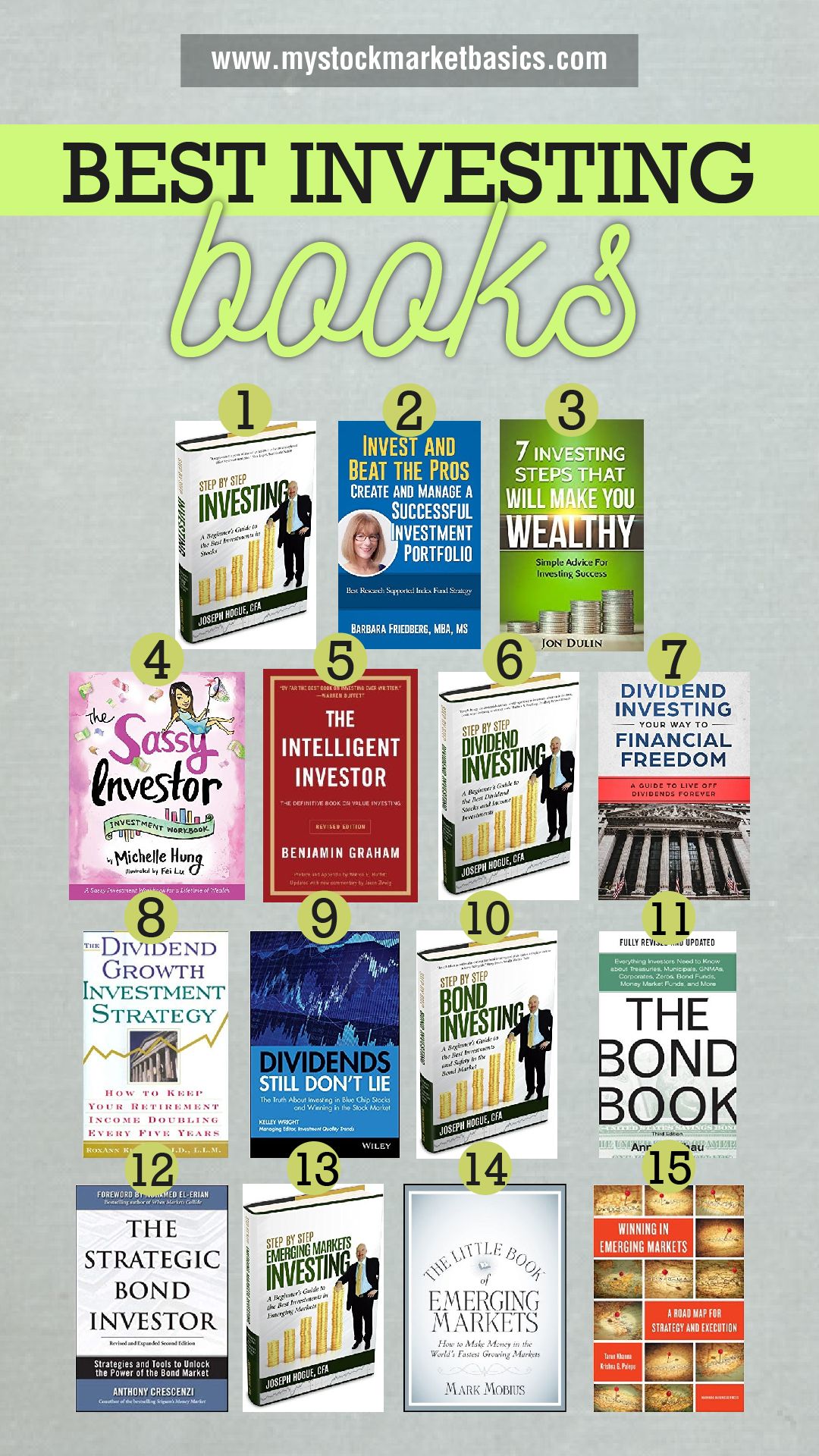
Penny stocks might be a good investment choice if your search is for something new. Penny stocks are shares that can be traded for less than one dollar per share in small, publicly traded companies. While they can be an excellent way to invest in the stock exchange, there are also risks. Continue reading to find out more about these stocks, and how you can invest in them. These tips will help you get started.
Investing in penny stocks
Investment in penny stocks isn’t for the fainthearted. It's risky. You should save enough money to cover your losses before you invest. Avoid putting too much of your savings in these stocks. You could end up spending more than you can afford. Many penny stocks are available on major exchanges and trade for $1 to $5 pershare. This helps reduce the risk of being ripped and saves you money. If you want to sell or buy stocks, you can use a traditional brokerage.

Quality of penny stocks
If you take a look at penny stocks, you will notice that their prices tend to fluctuate quickly and significantly. This is due to the fact that penny stocks are often traded in very small volumes. The price of penny stocks can change drastically in just 15 minutes. You will find a steady ride with options which are smaller in volume and have a slower pace. A penny stock is a good investment option. However, it has a high risk of losing money.
Penny stocks can be risky
Penny stocks can present many risks. Penny stocks are usually traded over-the counter and not on any major stock exchange. Therefore, the transparency of penny stocks varies from none to current financial reports to no financial information. Moreover, they are not subject to corporate governance requirements, which means that they may be worthless if you're not careful. Avoid investing in unproven businesses and follow your financial stats.
Companies that offer penny stock
Penny stocks are not new, but they have only recently become popular among many investors. Partly, this investment has gained popularity due to Wolf of Wall Street's warning about the dangers of penny stocks. Although the movie is an excellent source of information, many investors still remain skeptical about the viability of penny stocks. However, penny stocks remain a viable option even if you don’t have a lot of capital.

Sources of penny stock information
A good source of information about penny stocks is a company's financial report. The market value of penny stocks is relatively low, making them an excellent choice for those who want to invest on a small cap basis. But penny stocks are highly volatile and can become victims to scams. Investors need to be cautious. However, unlike major stock exchanges and other financial markets, smaller exchanges don't have the same regulatory requirements. This makes it difficult for investors to get reliable information about penny stocks.
FAQ
What should I invest in to make money grow?
You should have an idea about what you plan to do with the money. If you don't know what you want to do, then how can you expect to make any money?
You should also be able to generate income from multiple sources. This way if one source fails, another can take its place.
Money is not something that just happens by chance. It takes planning and hard work. To reap the rewards of your hard work and planning, you need to plan ahead.
Can I lose my investment?
Yes, it is possible to lose everything. There is no way to be certain of your success. But, there are ways you can reduce your risk of losing.
Diversifying your portfolio is a way to reduce risk. Diversification allows you to spread the risk across different assets.
Another way is to use stop losses. Stop Losses allow shares to be sold before they drop. This decreases your market exposure.
Margin trading is also available. Margin trading allows for you to borrow funds from banks or brokers to buy more stock. This increases your chance of making profits.
Is it really worth investing in gold?
Since ancient times, the gold coin has been popular. It has remained a stable currency throughout history.
But like anything else, gold prices fluctuate over time. When the price goes up, you will see a profit. A loss will occur if the price goes down.
No matter whether you decide to buy gold or not, timing is everything.
How long does it take to become financially independent?
It depends on many things. Some people become financially independent immediately. Others need to work for years before they reach that point. It doesn't matter how much time it takes, there will be a point when you can say, “I am financially secure.”
It's important to keep working towards this goal until you reach it.
How do I invest wisely?
An investment plan should be a part of your daily life. It is important to know what you are investing for and how much money you need to make back on your investments.
Also, consider the risks and time frame you have to reach your goals.
You will then be able determine if the investment is right.
Once you have settled on an investment strategy to pursue, you must stick with it.
It is better to only invest what you can afford.
Can I invest my retirement funds?
401Ks can be a great investment vehicle. But unfortunately, they're not available to everyone.
Most employers offer their employees one choice: either put their money into a traditional IRA or leave it in the company's plan.
This means you will only be able to invest what your employer matches.
Additionally, penalties and taxes will apply if you take out a loan too early.
What age should you begin investing?
An average person saves $2,000 each year for retirement. Start saving now to ensure a comfortable retirement. Start saving early to ensure you have enough cash when you retire.
You must save as much while you work, and continue saving when you stop working.
The sooner that you start, the quicker you'll achieve your goals.
When you start saving, consider putting aside 10% of every paycheck or bonus. You may also choose to invest in employer plans such as the 401(k).
Make sure to contribute at least enough to cover your current expenses. After that, you can increase your contribution amount.
Statistics
- As a general rule of thumb, you want to aim to invest a total of 10% to 15% of your income each year for retirement — your employer match counts toward that goal. (nerdwallet.com)
- Most banks offer CDs at a return of less than 2% per year, which is not even enough to keep up with inflation. (ruleoneinvesting.com)
- Over time, the index has returned about 10 percent annually. (bankrate.com)
- They charge a small fee for portfolio management, generally around 0.25% of your account balance. (nerdwallet.com)
External Links
How To
How to invest in stocks
Investing can be one of the best ways to make some extra money. It is also one of best ways to make passive income. There are many ways to make passive income, as long as you have capital. It's not difficult to find the right information and know what to do. This article will guide you on how to invest in stock markets.
Stocks are shares that represent ownership of companies. There are two types: common stocks and preferred stock. Common stocks are traded publicly, while preferred stocks are privately held. Public shares trade on the stock market. They are priced based on current earnings, assets, and the future prospects of the company. Stocks are purchased by investors in order to generate profits. This is called speculation.
Three steps are required to buy stocks. First, decide whether you want individual stocks to be bought or mutual funds. The second step is to choose the right type of investment vehicle. Third, decide how much money to invest.
You can choose to buy individual stocks or mutual funds
It may be more beneficial to invest in mutual funds when you're just starting out. These are professionally managed portfolios that contain several stocks. When choosing mutual funds, consider the amount of risk you are willing to take when investing your money. Mutual funds can have greater risk than others. If you are new to investments, you might want to keep your money in low-risk funds until you become familiar with the markets.
You should do your research about the companies you wish to invest in, if you prefer to do so individually. Before you purchase any stock, make sure that the price has not increased in recent times. The last thing you want to do is purchase a stock at a lower price only to see it rise later.
Choose the right investment vehicle
After you have decided on whether you want to invest in individual stocks or mutual funds you will need to choose an investment vehicle. An investment vehicle simply means another way to manage money. You could for instance, deposit your money in a bank account and earn monthly interest. You can also set up a brokerage account so that you can sell individual stocks.
You can also create a self-directed IRA, which allows direct investment in stocks. You can also contribute as much or less than you would with a 401(k).
Your needs will guide you in choosing the right investment vehicle. Are you looking for diversification or a specific stock? Do you seek stability or growth potential? How comfortable are you with managing your own finances?
The IRS requires investors to have full access to their accounts. To learn more about this requirement, visit www.irs.gov/investor/pubs/instructionsforindividualinvestors/index.html#id235800.
You should decide how much money to invest
You will first need to decide how much of your income you want for investments. You have the option to set aside 5 percent of your total earnings or up to 100 percent. The amount you choose to allocate varies depending on your goals.
It may not be a good idea to put too much money into investments if your goal is to save enough for retirement. For those who expect to retire in the next five years, it may be a good idea to allocate 50 percent to investments.
It is crucial to remember that the amount you invest will impact your returns. Before you decide how much of your income you will invest, consider your long-term financial goals.